40 cholesterol on food labels
Daily Value on the New Nutrition and Supplement Facts Labels The Nutrition Facts label must list total fat, saturated fat, trans fat, cholesterol, sodium, total carbohydrate, dietary fiber, total sugars, added sugars, protein, and certain vitamins and ... Understanding Food Labels | The Nutrition Source | Harvard T.H. Chile implemented the Law of Food Labeling and Advertising in 2016, comprised of mandatory front-of-package (FOP) warning labels, restrictions on child-directed marketing, and the banning of sales in schools of all foods and beverages containing added sugars, sodium, or saturated fats that exceeded set nutrient or calorie thresholds. [1]
Easy Guide to Understanding Food Labels When You Have High Cholesterol ... Therefore it's important to check the ingredient list (more on this later). Cholesterol guidelines currently recommend having not more than 300 milligrams of cholesterol per day, and if you have heart disease, aim for less than 200 milligrams per day. 2. Look for higher monounsaturated fat and omega-3 fat content,
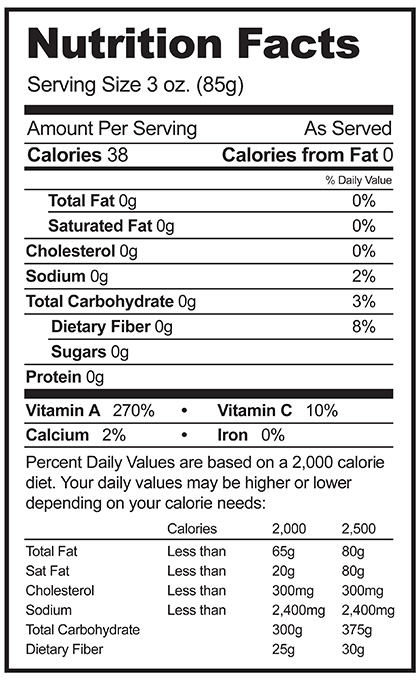
Cholesterol on food labels
Learn About Cholesterol Free Food Labels | Chegg.com Item labels offer information, including the amount by portion, on the fats and cholesterol level of food. Choose the one with the fewest amounts of fat and cholesterol to compare the same items. Panel on 'nutrition facts': Food producers have been required since 1994 to disclose information on some nutrients of major public interest. How To Read Cholesterol Labels - HealthyCholesterolClub.com Your best bet is to keep your intake of trans fat as low as possible by consuming products that contain 0 grams of trans fat on the food label. Cholesterol is a waxy substance that your liver and other cells produce. Your body also gets cholesterol from food. In fact, about 25% of the cholesterol in your blood comes from the food you eat. Cholesterol Lowering Foods List (October, 2022) - Easy Recipe … Besides offering a list containing more than 300 of the best foods to reduce cholesterol, this guide provides insight into the benefits that come with following a low-cholesterol diet, plus snack ideas and easy lifestyle strategies for getting your numbers into a healthier place.
Cholesterol on food labels. How to Read Food Labels for a Heart-Healthy Diet Partially hydrogenated oil, Omega-3 fatty acid, Olive oil, Butter, What's important to know about the first ingredient listed on a label? It's the healthiest. It's in the largest quantity. It's first due to alphabetical order. What words should I look out for that mean sugar? High-fructose corn syrup, Agave nectar, Dehydrated cane juice, General Food Labeling Requirements - California A food package usually has at least two distinct areas: the Principal Display Panel or Primary Display Panel (PDP) and the Information Panel . Close up on. Food Labels. Information for California Food Processors . California Department of Public Health, Food and Drug Branch 2013 The goal of food labeling is to provide Understanding Food Nutrition Labels | American Heart Association If you want to consume less of a nutrient (such as saturated fat or sodium), choose foods with a lower % DV (5 percent or less). If you want to consume more of a nutrient (such as fiber), choose foods with a higher % DV (20 percent or more). Here are more tips for getting as much health information as possible from the Nutrition Facts label: Food Packaging Claims | American Heart Association "Reduced" or "Less" mean the food has 25% less of a specific nutrient than the regular product. "More," "Fortified," "Enriched," "Added," "Extra," or "Plus" means the food has 10% or more of the Daily Value (DV) than the regular product. May only be used for vitamins, minerals, protein, dietary fiber, and potassium.
What do cholesterol-free and low-cholesterol food labels mean? - Sharecare Cholesterol free means that the food must contain fewer than 2 milligrams of cholesterol and 2 grams or less of saturated fat per serving. Please realize that a food claiming to be low in cholesterol or cholesterol free does not mean the food is fat free. Vegetable oils contain no cholesterol, but they are 100% fat. Understanding Ingredients on Food Labels - American Heart … 6.3.2017 · Food labels are an important source of information about calories and the nutritional value of the foods you eat, a crucial tool in building a heart-healthy diet. The Nutrition Facts information is always displayed in the same orderly fashion and helps you understand how much of certain nutrients that you need to limit are contained in the product per serving. Nutrition Facts table formats - Food labels - Canadian Food … Although the Food and Drug Regulations (FDR) require the declaration of a Nutrition Facts table (NFt) on most prepackaged products, the information may be presented in a variety of different formats. Industry has considerable flexibility in presentation, and may choose from several different format "families". Within each format family, further choices of presentation style are … Reading Food Labels | ADA - American Diabetes Association Low cholesterol vs. reduced cholesterol. It's confusing, and it can be tough when you're trying to make the right choices. Put food labels to work, The Nutrition Facts labels on foods are really the key to making the best choices. We'll cover the basics so that these labels make shopping easier for you. Get started, Understanding Carbs,
Food energy - Wikipedia Many governments require food manufacturers to label the energy content of their products, to help consumers control their energy intake. To facilitate evaluation by consumers, food energy values (and other nutritional properties) in package labels or tables are often quoted for convenient amounts of the food, rather than per gram or kilogram; such as in "calories per … 13 Misleading Food Label Claims and How Not to Be Tricked - Sentient Media 1. Label Says "Sugar-Free". The Food and Drug Administration (FDA) provides guidelines for a variety of common food labels, including sugar-free. While the term suggests that products labeled this way would be completely free of sugar, they can actually contain up to 0.5 grams of sugar in a single serving size. What's the difference between fat and cholesterol on food ... Cholesterol is listed under the fat information on a nutrition label. Daily value. This shows the percentage of a certain nutrient in a food, based on a 2,000- ... Cholesterol: Top foods to improve your numbers - Mayo Clinic Trans fats, sometimes listed on food labels as "partially hydrogenated vegetable oil," are often used in margarines and store-bought cookies, crackers and cakes. Trans fats raise overall cholesterol levels. The Food and Drug Administration has banned the use of partially hydrogenated vegetable oils by Jan. 1, 2021.
Foods That Are Surprisingly Bad for Cholesterol - WebMD Duck and goose are both higher in cholesterol than chicken and turkey. One cup of cooked duck or goose -- even with the skin removed -- has about 128 milligrams of cholesterol. The same portion of ...
How to Read the Nutrition Facts Label on Packaged Foods - WebMD Limit salt to 2,300 milligrams (about 1 teaspoon) daily. If you have high blood pressure, kidney disease, or diabetes, or are African-American or older than 51, your daily limit is lower: 1,500...
PDF Interactive Nutrition Facts Label - Cholesterol - Food and Drug ... And remember: • 5% DV or less of cholesterol per serving is considered low • 20% DV or more of cholesterol per serving is considered high o Try seafood and plant sources of protein (such as beans,...
11 High Cholesterol Foods — Which to Eat, Which to Avoid - Healthline 1. Eggs. Eggs are one of the most nutritious foods you can eat. They also happen to be high in cholesterol, with 1 large egg (50 grams) delivering 207 mg of cholesterol ( 1 ). People often avoid ...
Cholesterol Content of Foods | Patient Education | UCSF Health If you have risk factors for heart disease, you should not consume more than 200 milligrams of cholesterol a day. If you do not have risk factors for heart disease, you should limit your cholesterol intake to no more than 300 milligrams a day. Use the following tables to check the cholesterol and fat content of the foods you eat.
Food Labels: Fat & Cholesterol | Home & Garden Information Center Limit these sources of unhealthy fat and cholesterol in the list of ingredients: animal fat (beef, ham, pork, bacon, lamb, chicken, turkey), lard, hardened fat or oil, egg and egg-yolk solids, cream, butter, whole-milk solids, palm oil, palm kernel oil, hydrogenated vegetable oil, vegetable shortening, coconut, coconut oil, and cocoa butter.
How to Understand and Use the Nutrition Facts Label | FDA Dietary fiber, vitamin D, calcium, iron ad potassium are nutrients on the label that Americans generally do not get the recommended amount of. They are identified as nutrients to get more of....
Misleading Nutrition and Food Labels - Health Foods that say reduced or less cholesterol need to have at least 25% less than comparable products. Cholesterol is made by the liver, so only animal products like meat, dairy, eggs, and butter can ...
Controlling Cholesterol with Statins | FDA - U.S. Food and Drug ... Tips for Consumers. Whether you’re taking a statin or not, the following tips can help keep your cholesterol in check: Talk with your healthcare provider about how often you should have your ...
How To Read Nutrition Labels - Mayo Clinic Diet The % Daily Value (DV) tells you how much a nutrient in a serving of food contributes to a daily diet. 2,000 calories a day is used for general nutrition advice. Low is 5% or less. Aim for low in saturated fat, trans fat, cholesterol, sodium, and added sugars. High is 20% or more. Aim high in vitamins, minerals and dietary fiber. 4.
Cholesterol - Canada.ca Cholesterol is a type of fat made by the body. It is also found in some foods. Foods that are high in saturated and trans fats increase your blood cholesterol level. This may increase your risk of developing heart disease. Foods that are high in cholesterol may also increase blood cholesterol level for some people. Where can you find cholesterol?
Nutrient Claims on Food Labels - Clemson University Lean Claims. Lean. Contains less than 10 grams total fat, 4.5 grams or less saturated fat, and less than 95 milligrams cholesterol. Extra lean. Contains less than 5 grams total fat, less than 2 grams saturated fat, and less than 95 milligrams cholesterol. *compared to the reference, or regular, food this would replace.
Why doesn't cholesterol appear on food nutrition labels? Your body needs some cholesterol to make hormones, vitamin D, and substances that help you digest foods. Your body makes all the cholesterol it needs. When comparing food labels, combine the grams (g) of saturated fat and trans fat, then choose the food with the lower combined amount. Look for the lowest % Daily Value for cholesterol, also.
6 Ways to Increase Your 'Good' Cholesterol Levels - US News Jul 21, 2017 · Increase your HDL levels: Check food labels for hydrogenated and partially hydrogenated ingredients, which contain trans fats, Mills says. Cut back on prepared desserts, packaged snacks, fried ...
Should I check the cholesterol on nutrition labels? Major dietary cholesterol contributors — meat, fish, and chicken — often have no label. Having less than 4-6 oz of those per day and less than 2-4 eggs per week will generally keep your cholesterol reasonable. And that's a smart idea anyhow, to leave room for more artery-friendly fruits, veg, whole grains, beans, nuts, seeds, etc.",
Cholesterol | The Nutrition Source | Harvard T.H. Chan School of Public ... Cholesterol in food matters, too, but not nearly as much. The discovery half a century ago that high blood cholesterol levels were strongly associated with an increased risk for heart disease triggered numerous warnings to avoid foods that contain cholesterol, especially eggs and liver.
Are Eggs, Meat, and Dairy Bad for High Cholesterol? - Healthline 4.10.2019 · Read food labels carefully to make sure you don’t consume more than the recommended amount. “Eggcellent” or evil? Eggs are thought to be taboo when it comes to the topic of cholesterol.
How to Tell if Foods Are Low or High Cholesterol - Verywell Health Each food label should include milligrams (mg) of cholesterol per serving. Don't forget to look at the serving size as well. Sometimes products can seem low in cholesterol, but if you eat more than the recommended servings at one sitting, then you can end up consuming a lot more cholesterol than you intended.
Understanding Food Terms - American Cancer Society Low. How you might see it on a label: low-fat, low-sodium, low-cholesterol, low-calorie What it means: This term can be used on foods that can be eaten often and you still won't get more than the recommended amount of that nutrient. The nutrients that can be described with this label are: Fat; Saturated fat; Cholesterol; Sodium (salt)
Nutrition Labels 101: What's Required? What's Optional? The cholesterol listing on nutrition labels notes the cholesterol content of the food per serving in milligrams rounded to 5 mg increments. If the amount of cholesterol contained is less than 2 milligrams per serving, it can be stated as zero in the nutrition fact panel, or replaced with the statement "Not a significant source of cholesterol ...
Dietary Cholesterol - Nutrition Facts Labels Explained by MyFoodDiary Soluble fiber binds to dietary cholesterol in our intestines and prevents the body from absorbing it. Foods rich in soluble fiber include: Beans (black, lima, kidney) Vegetables (Brussels sprouts, broccoli, potatoes) Fruits (avocados, apples, pears, prunes) Nuts (walnuts, almonds) Whole grains (wheat bread, oat bran, oatmeal) Exercise,
Cholesterol Lowering Foods List (October, 2022) - Easy Recipe … Besides offering a list containing more than 300 of the best foods to reduce cholesterol, this guide provides insight into the benefits that come with following a low-cholesterol diet, plus snack ideas and easy lifestyle strategies for getting your numbers into a healthier place.
How To Read Cholesterol Labels - HealthyCholesterolClub.com Your best bet is to keep your intake of trans fat as low as possible by consuming products that contain 0 grams of trans fat on the food label. Cholesterol is a waxy substance that your liver and other cells produce. Your body also gets cholesterol from food. In fact, about 25% of the cholesterol in your blood comes from the food you eat.
Learn About Cholesterol Free Food Labels | Chegg.com Item labels offer information, including the amount by portion, on the fats and cholesterol level of food. Choose the one with the fewest amounts of fat and cholesterol to compare the same items. Panel on 'nutrition facts': Food producers have been required since 1994 to disclose information on some nutrients of major public interest.
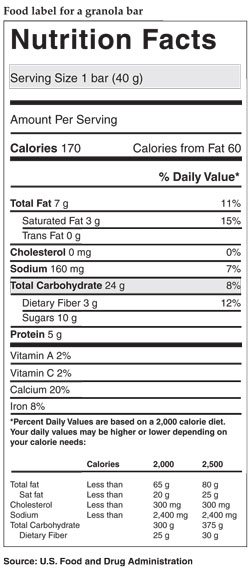
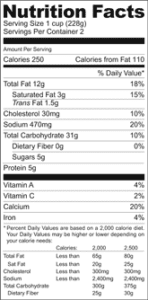
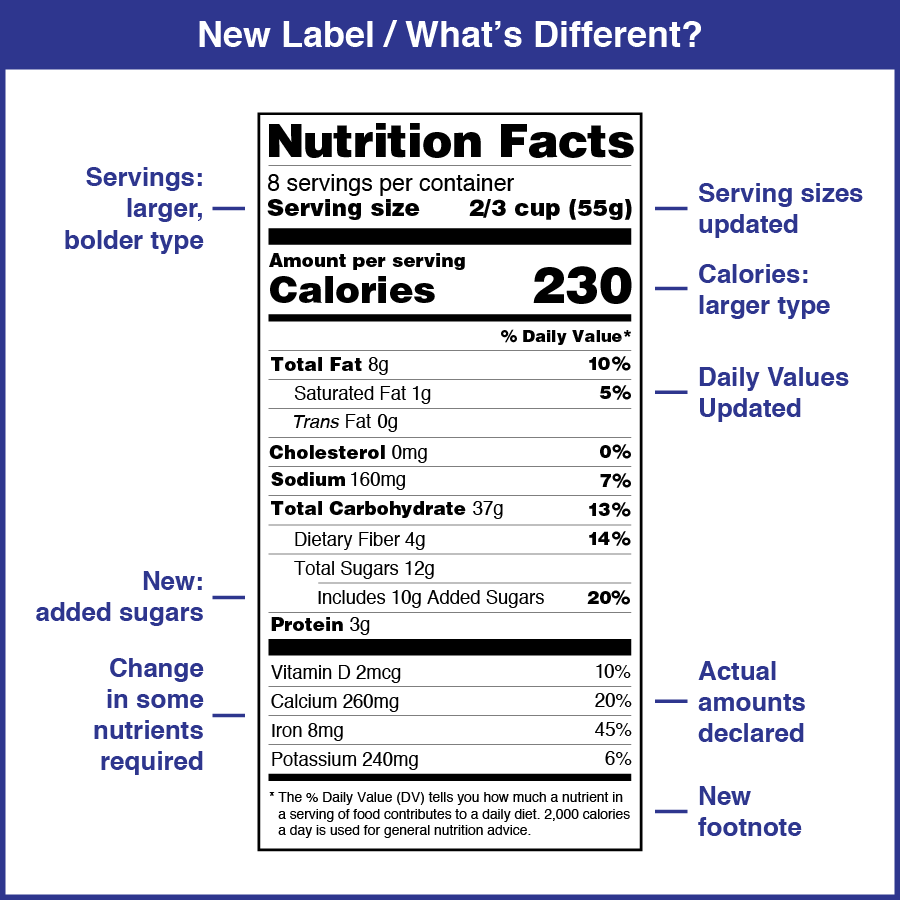

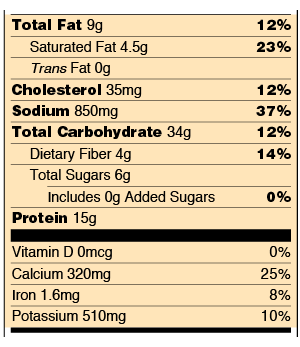

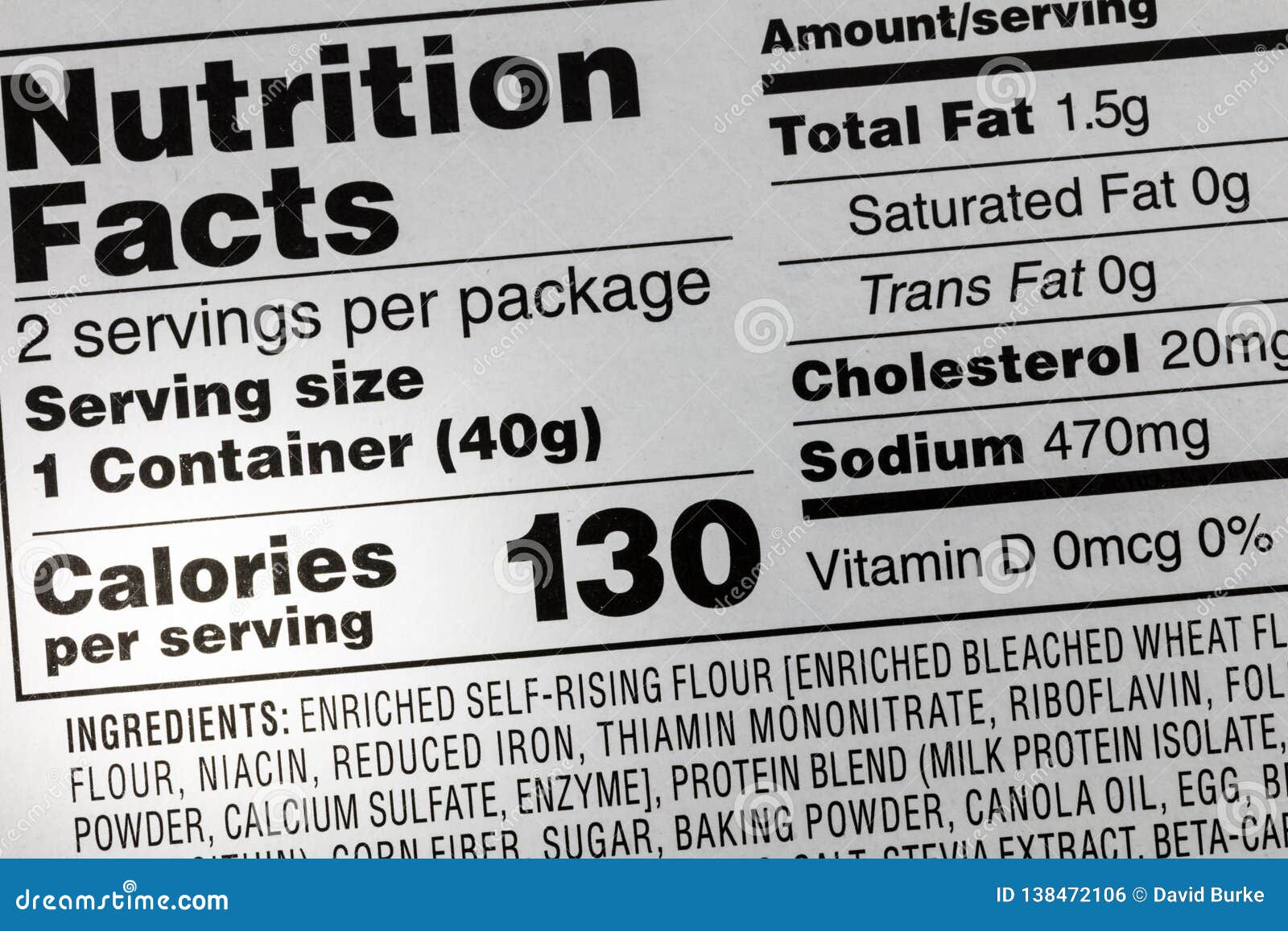

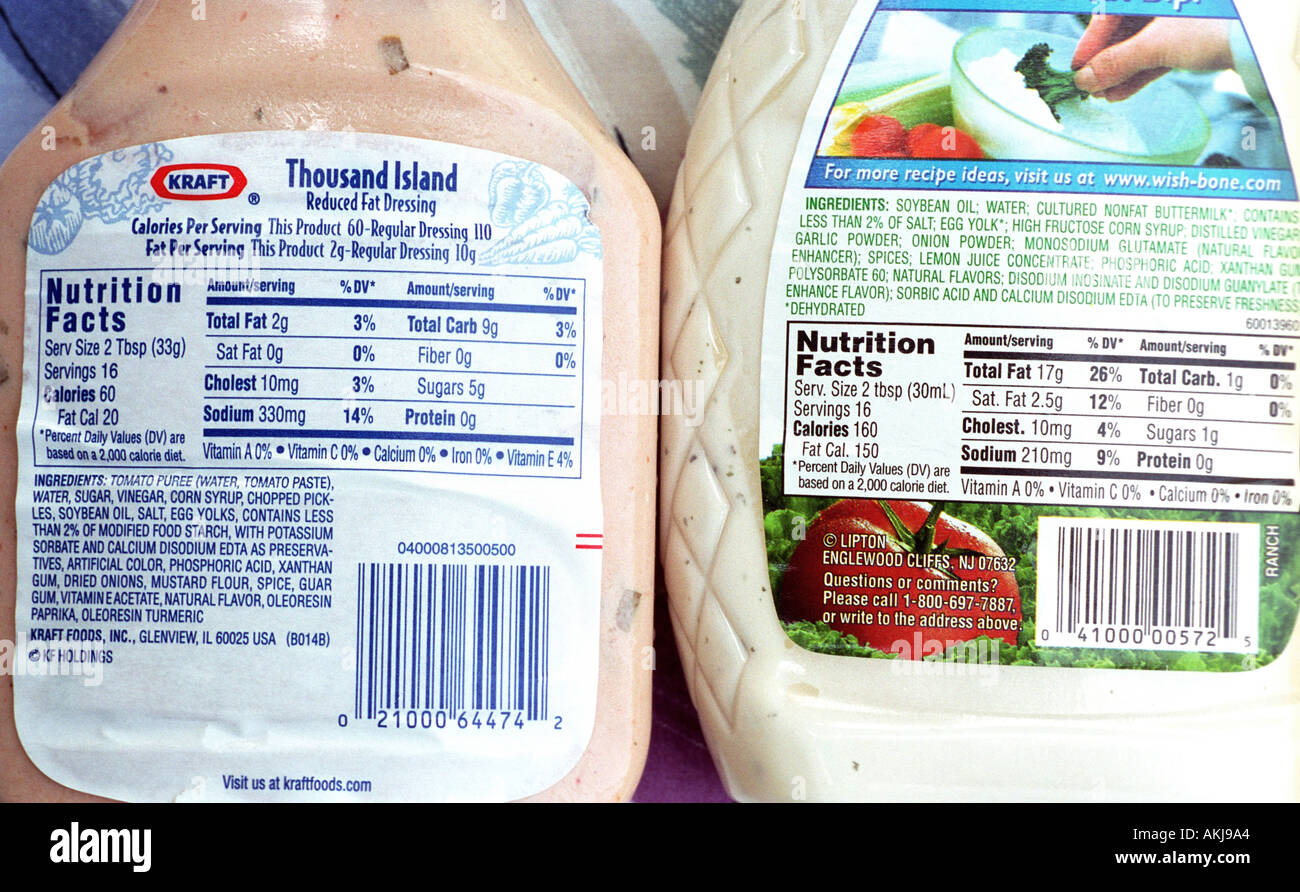

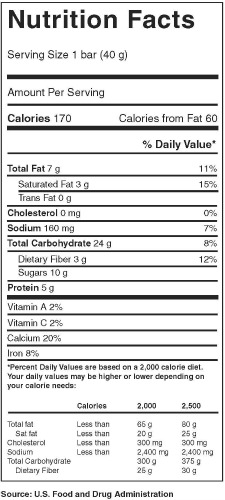
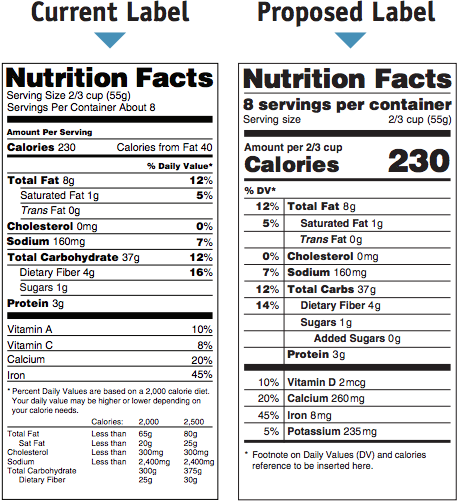
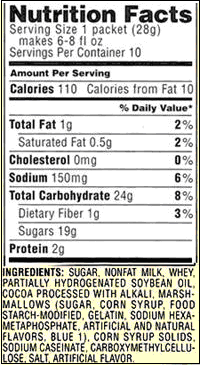




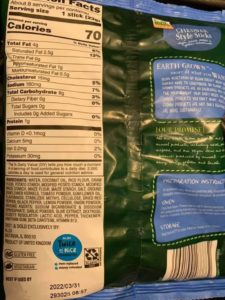
/Untitled-design-1--5755c3703df78c9b46903dab.jpg)
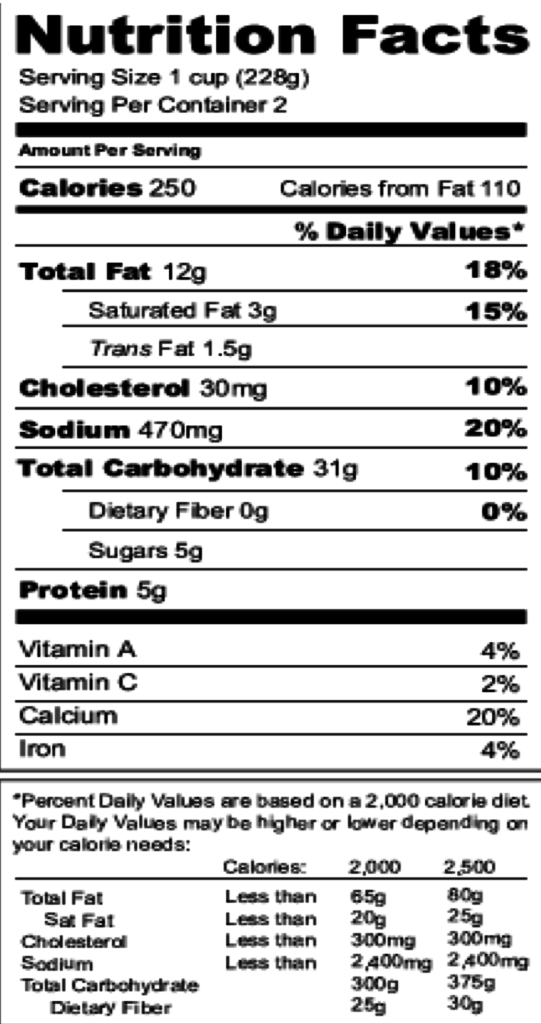




:format(jpeg)/cdn.vox-cdn.com/uploads/chorus_image/image/49640337/shutterstock_84910150.0.0.jpg)

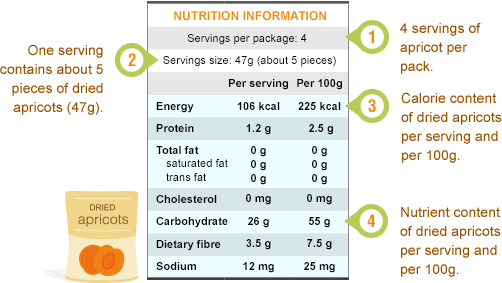



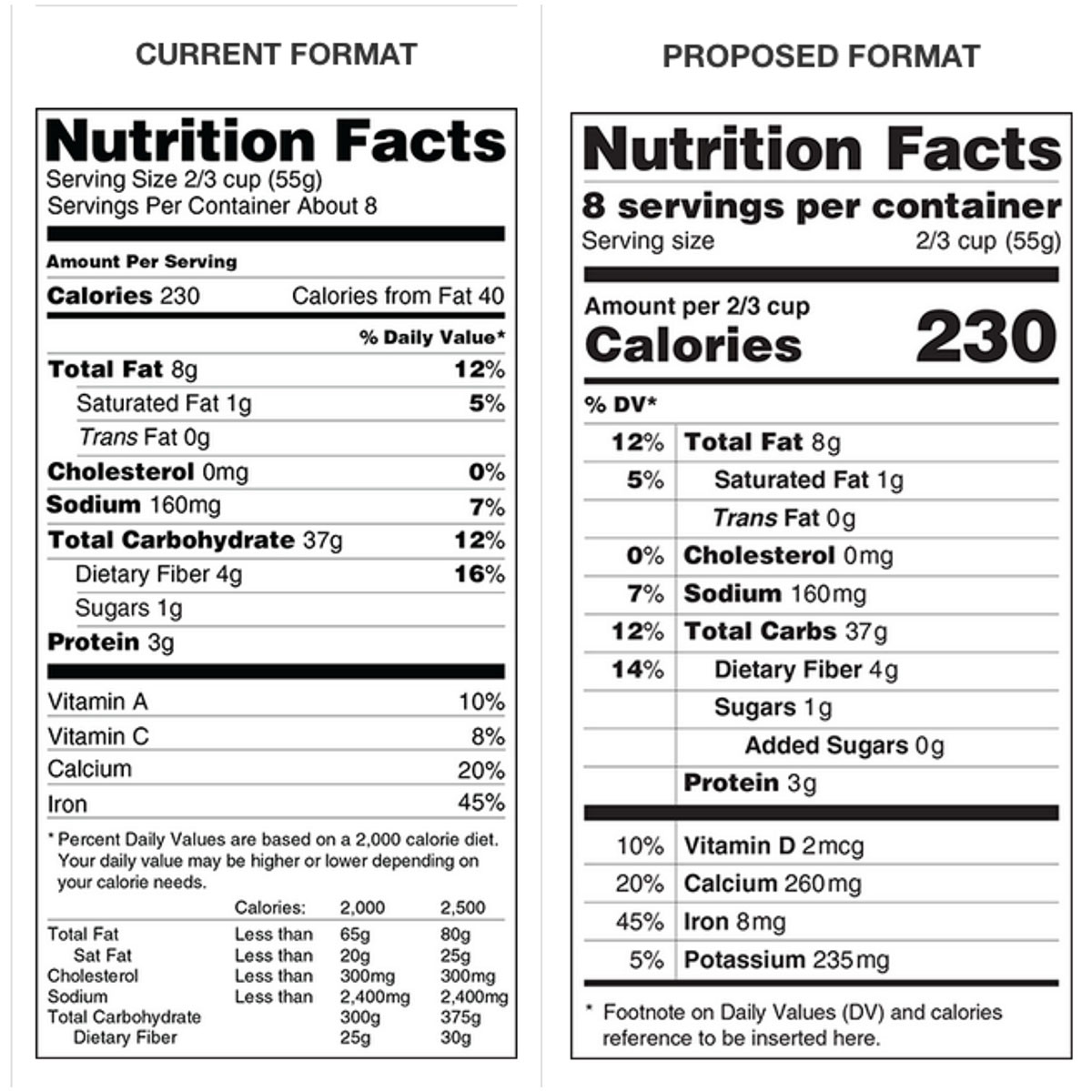
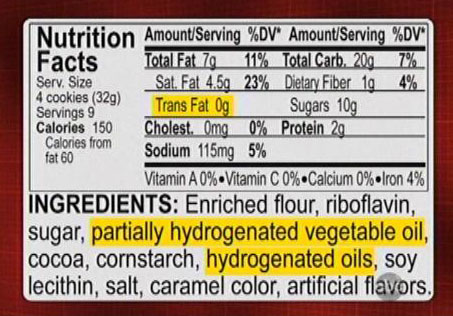

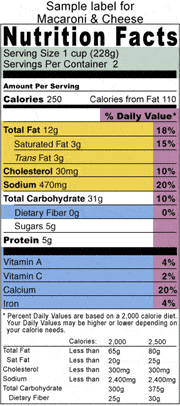
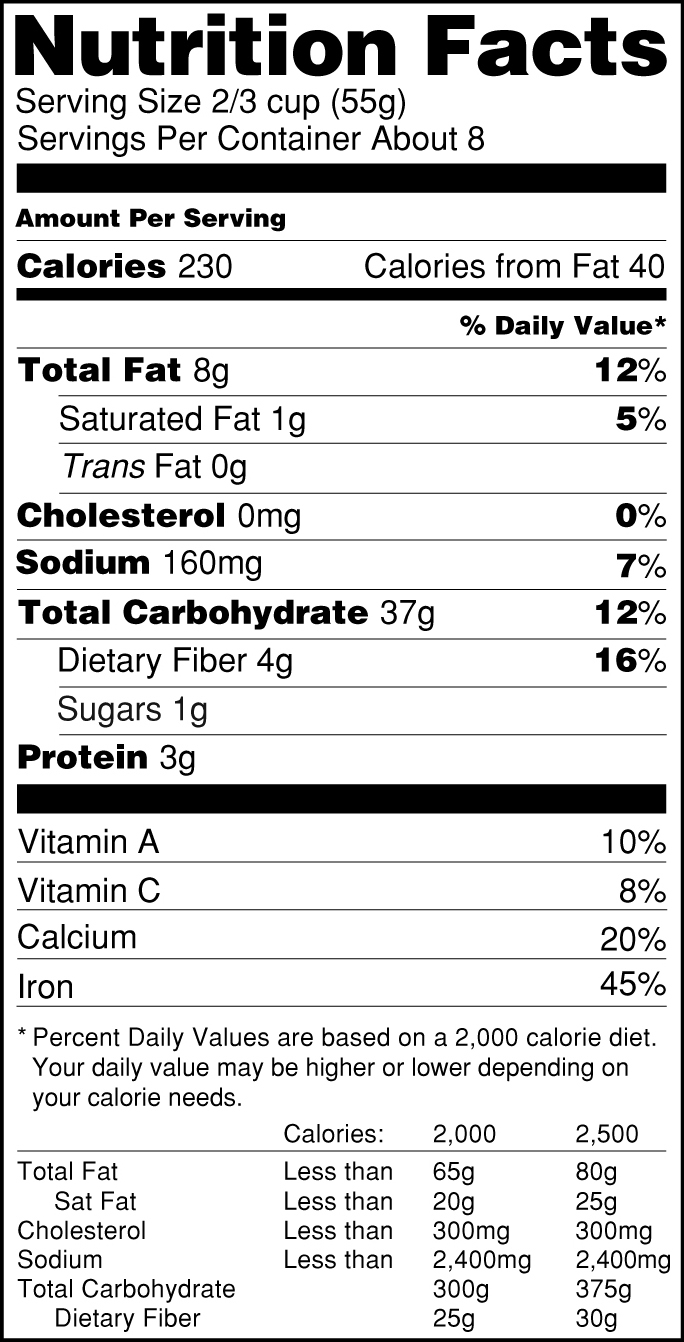
Post a Comment for "40 cholesterol on food labels"